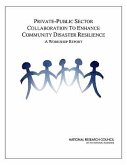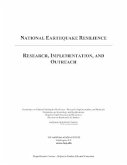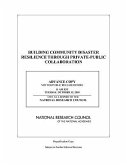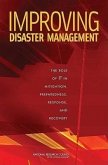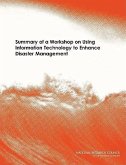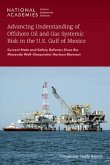Worldwide, millions of people are displaced annually because of natural or industrial disasters or social upheaval. Reliable data on the numbers, characteristics, and locations of these populations can bolster humanitarian relief efforts and recovery programs. Using sound methods for estimating population numbers and characteristics is important for both industrialized and developing nations. Ensuring that the data are geographically referenced for projection onto maps is essential. However, good data alone are insufficient. Adequate staff training and strong organizational and political desire to maintain and use the information are also required. Tools and Methods for Estimating Populations at Risk from Natural Disasters and Complex Humanitarian Crises, reviews the main methods and tools for making estimates of subnational populations and makes several recommendations to improve the collection and the use of population data for emergency response and development.
Hinweis: Dieser Artikel kann nur an eine deutsche Lieferadresse ausgeliefert werden.
Hinweis: Dieser Artikel kann nur an eine deutsche Lieferadresse ausgeliefert werden.


